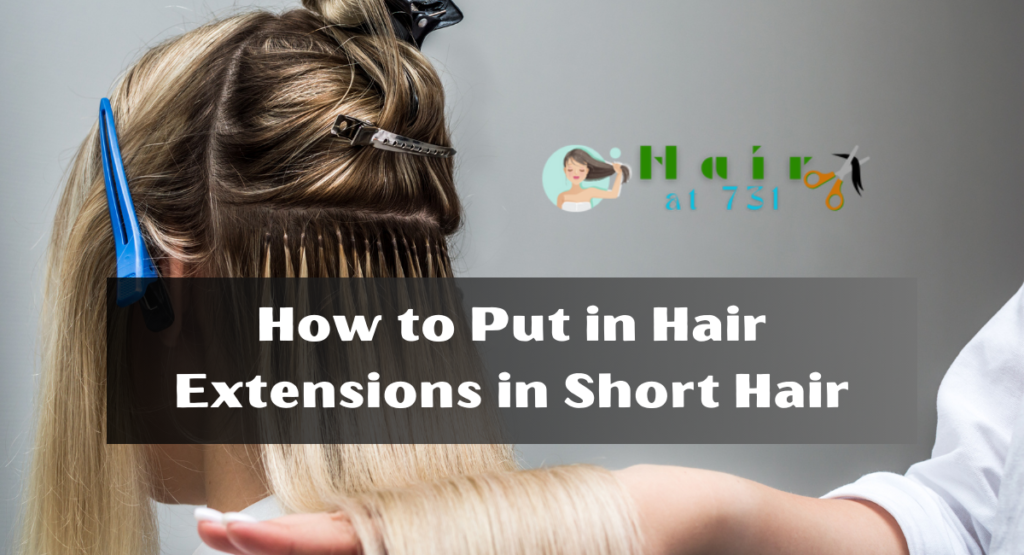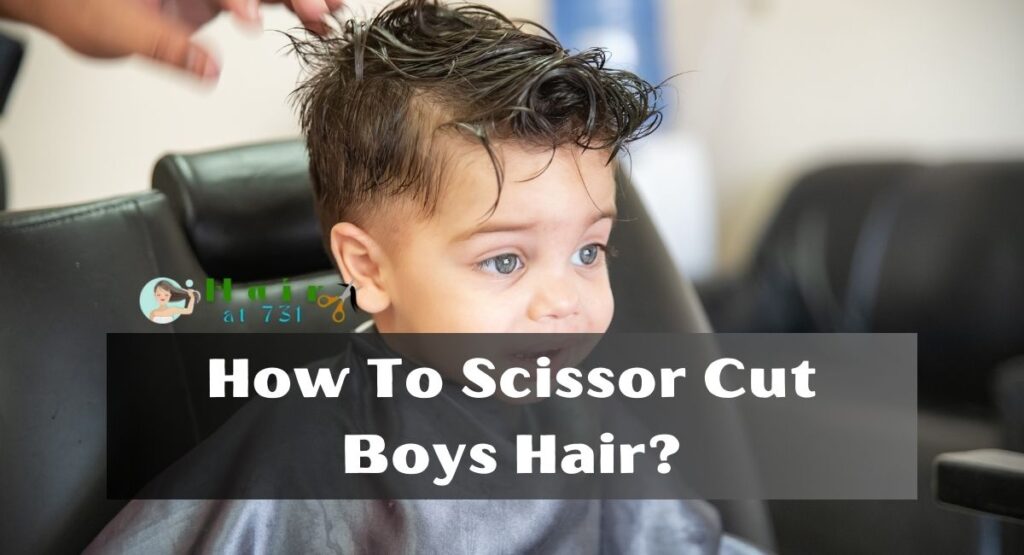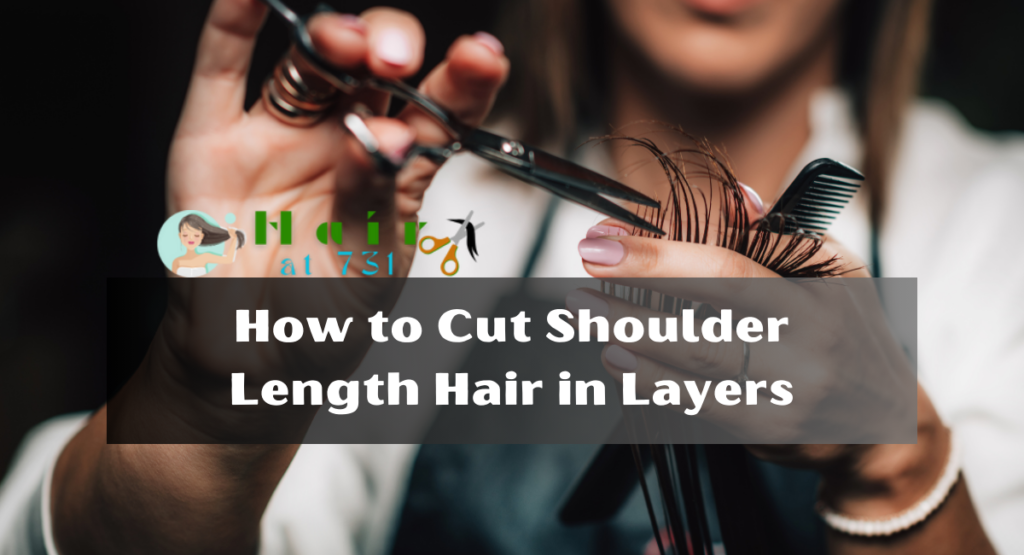Hair extensions are a fantastic accessory that allows folks with shorter hair to experience the elegance of long, flowing locks. Blending extensions effortlessly can be difficult for individuals with short hair, but with the appropriate direction, obtaining a natural, cohesive appearance is within grasp. We detail each step below to ensure your extensions blend in seamlessly with your natural hair.
1. Choose the Right Extensions:
Type and Quality:
Extensions exist in a variety of styles, the most common of which are clip-ins, tape-ins, and sew-ins. Clip-ins are perfect for people new to extensions or looking for a momentary alteration. They are simple to operate and do not require an expert’s aid. The use of 100% Remy human hair is critical. Remy hair keeps the cuticles intact unlike synthetic hair, resulting in smoothness, natural gloss, and longevity. Furthermore, they can be fashioned similarly to natural hair, providing greater versatility.
Length and Weight:
It’s important about getting the appropriate length. While longer extensions may be more appealing, the key to a natural blend is subtlety. A hair extension 6-8 inches longer than your original hair is usually more convincing. Consider the weight as well. Extensions are created in a variety of densities. Lighter extensions help preserve a natural flow and reduce undue stress on the roots in those with finer hair.
2. Prepare Your Natural Hair:
Washing:
It is critical to start with a blank canvas. A clarifying shampoo removes product buildup, oils, and grime from the hair. This offers a greater grip for the extension clips and a more seamless mix between your hair and the extensions. This step can greatly improve the overall appearance and longevity of the style.
Straightening:
The texture is very important in blending. Straightening before placement guarantees that the extensions lay flush against the natural hair for those with naturally curly or wavy hair. If you’ve chosen wavy or curly extensions, style your natural hair to match the texture of the additions.
Sectioning:
Sectioning ensures that each weft is parallel to the scalp. You avoid the possibility of lumps or unevenness by constructing tidy divisions. Begin at the nape and work your way up, remembering that accuracy here sets the tone for the entire procedure.
3. Install the Extensions:
Starting Low:
For discretion, start at the nape of the neck. Any mismatch or fault is easily camouflaged because the extensions are the least obvious. The process becomes easier as you gain experience.
Work Your Way Up:
The wefts become larger as you continue up, providing volume and length. Each weft should be attached firmly but gently. The clips should securely grip your hair, ensuring the extensions stay in place throughout the day without irritation.
Side Extensions:
Because the sides frame your face, careful attachment is essential. Smaller wefts work best in this situation. Remember to keep the clips an inch or two out from the hairline to keep them hidden even if your hair moves.
4. Blend and Style:
Trimming:
A cohesive cut can elevate the overall look. While the extensions may look lovely straight out of the package, a little trim ensures they align with your natural hair. Seek a professional’s help as they can create a seamless transition.
Layering:
Layers add dimension and movement. When extensions are layered, they move more naturally and the points where your hair ends and the extension begins become less discernible. This trick is especially beneficial for those with blunt cuts.
Curling:
A unified texture is the key. The blend becomes virtually undetectable by curling or waving both your natural hair and the extensions. It adds volume, bounce, and ensures the flow is continuous.
5. Maintenance and Care:
Storing:
Proper storage prolongs the life of your extensions. After each use, detangle gently, ensuring all knots are out. Lay them flat in a cool, dry place. Avoid folding, as this can cause unnecessary stress and potential breakage.
Washing:
Unlike natural hair, extensions don’t require frequent washing. However, when you do, use gentle, sulfate-free products. These cleansers preserve the integrity of the hair, ensuring they remain soft and lustrous.
Heat Styling:
Limit heat exposure. While Remy extensions can handle heat, excessive styling can reduce their lifespan. Always use a heat protectant and opt for lower temperature settings.
6. Common Mistakes to Avoid:
Placing Extensions Too High:
The crown of your head should be reserved for your natural hair. This ensures the wefts remain concealed, giving the illusion of naturally long, voluminous hair.
Using Too Many Extensions:
Moderation is key. An overloaded scalp not only looks unnatural but can also be uncomfortable. Use only the wefts needed to achieve the desired look without overwhelming your natural hair.
Ignoring Your Hair’s Health:
While extensions are a fantastic accessory, remember they pull on your roots. Regular breaks prevent stress, and maintaining good hair health ensures the foundation for your extensions remains strong and healthy.
Bottom Line:
Incorporating hair extensions into short hair can be a game-changer. The process requires care, attention to detail, and patience, but the results are undeniably worth it. By following these comprehensive steps and understanding the nuances, you can achieve a stunning and natural look. Embrace the length, volume, and versatility extensions offer while ensuring your natural hair remains in impeccable condition.
Learn more: How Many Times a Week Should I Wash My Hair?




